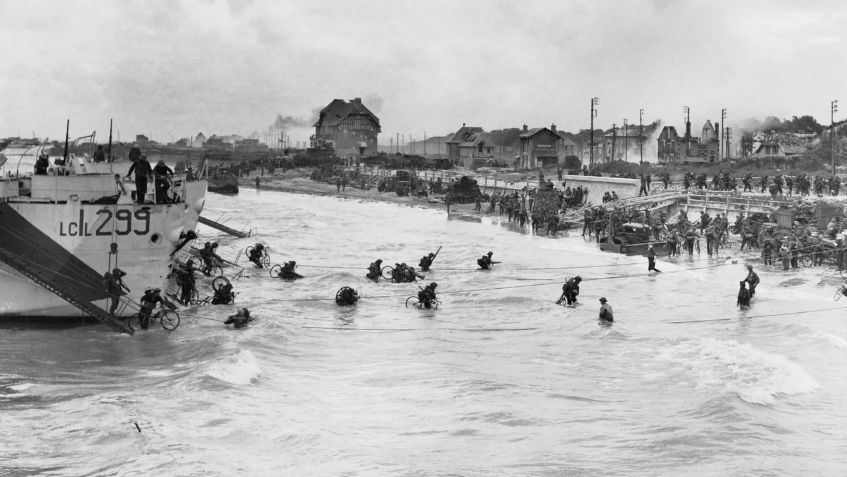Article by Kelvin Ramsey, PhD
Among the landing craft at Normandy in 1944 were the Landing Craft Infantry, Large (LCIL) that held 140 men and were crewed by four officers and twenty-nine men of the U.S. Coast Guard. The LCIL were to deliver specially equipped groups to the beaches early in the invasion. The LCIL had two bow ramps that were lowered when the craft hit the beach. The reality was that the craft often grounded in shallow water and the ramps were lowered. The first persons off the LCIL to go ashore were coxwains dressed only in swim trunks who were to run rope lines to the beach to guide the troops and to grab on to if the line crossed a deep bomb crater filled with water to keep them from drowning. The mortality rate for these men was high as they were the first to take gunfire. Their sacrifice, their purpose, was to lay out the line to guide and save the lives of the troops that followed (1).
Sacrifice is the watch-word of those who serve. Service can be anything from the giving of time and resources to help others to devoting one’s life to the benefit of others above considerations of self. For a Christian, service is the act of faith through love for others to serve God in return for the sacrifice that Christ gave. Jesus gave the ultimate sacrifice. He died so that we could live. The only way we could be saved is that he waded through the waters of death and created the way for us.
An illustration is given in the Gospels of when Jesus saved one of his disciples, Peter, who went out on to the water of a lake from a boat to meet Jesus. He was fine until he took his eyes off Jesus and then he started to sink and drown. Jesus rescued him. All of us take in course of our lives take our eyes off the lifeline. We let go of the rope guiding us to shore. In these moments, Jesus is the one who directs us back to the lifeline to grab onto and get to a place of safety. Let us give thanks to God for his love for us through the sacrifice of his Son that we will find our way to the shore and a safe haven.
(1) For more about the LCIL’s at Normandy read journalists A.J. Liebling’s account “Cross Channel Trip” in Reporting World War II, Part 2, p. 105-141. The Library of America, 1995.
Read more articles from VOM Magazine here: https://www.veteransoutreachministries.org/vom-magazine/




